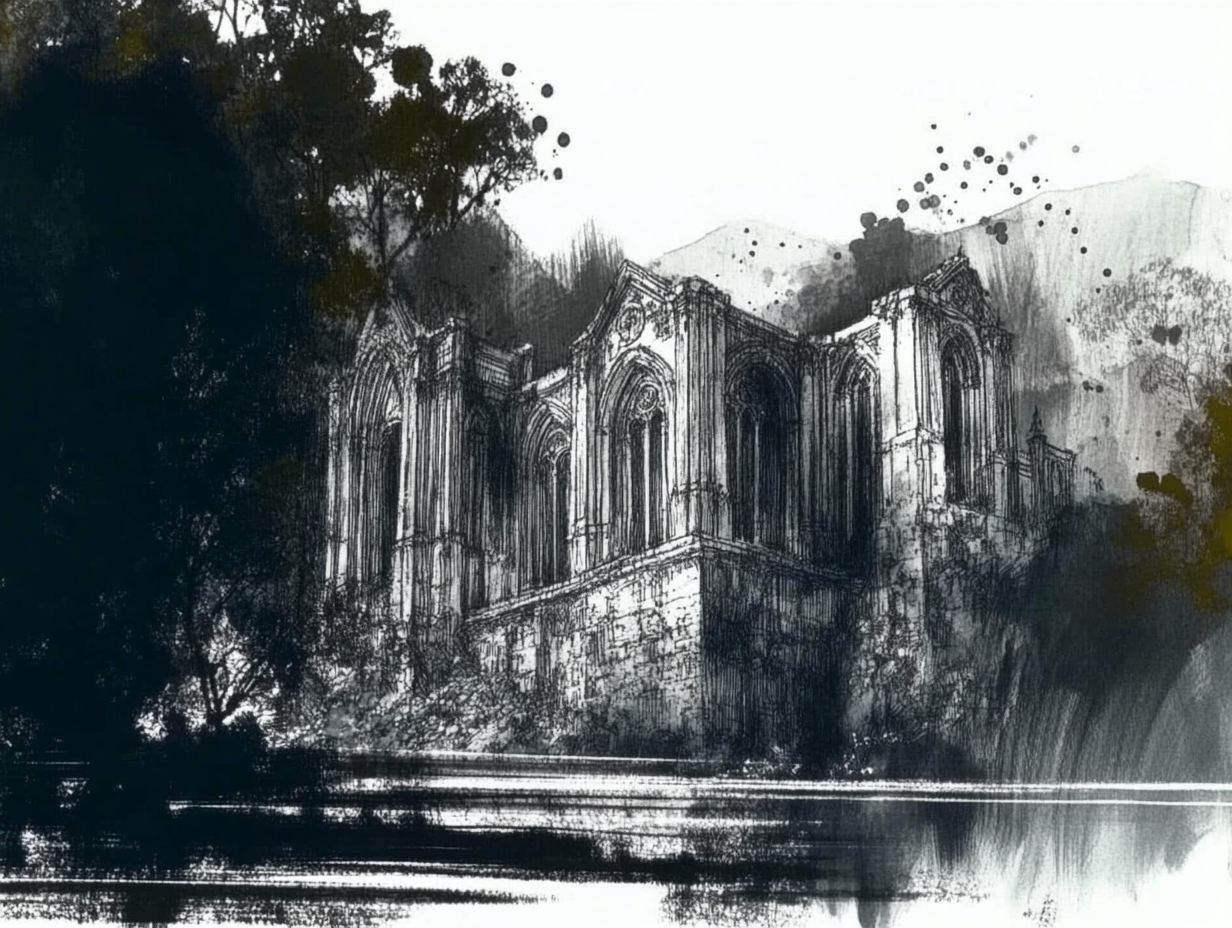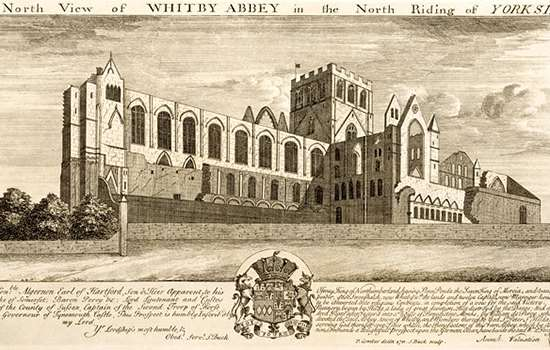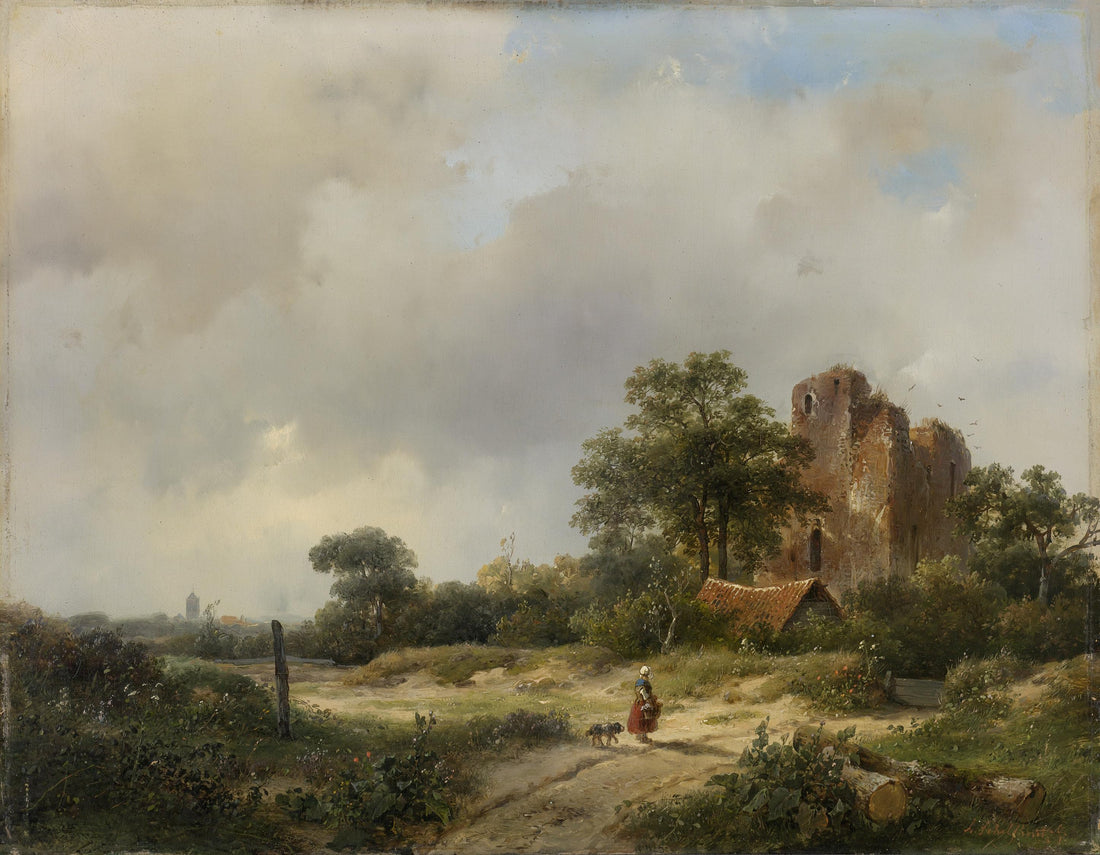Gothic castles have long possessed a deep allure, weaving tales of mystery and melancholy that echo through art and literature. These gothic ruins, with their crumbling facades and shadowed recesses, are more than mere backdrops; they are characters unto themselves, embodying the eternal struggle between light and darkness. As the eccentric curator of the Utterwick-on-the-Marsh Museum of Arts and Antiquities, I invite you to journey through the intricate tapestry of gothic aesthetics, where beauty and terror intertwine. Let us unlock the secrets of these enchanting masterpieces and uncover how they continue to fascinate and inspire today.

Gothic castles as storytellers
Architecture of gothic ruins
Gothic ruins transcend mere remnants of the past; they are storied narrators etched in stone. Each archway and turret whispers tales of bygone eras, echoing with the tread of those who once roamed their halls. This architecture is defined by its soaring spires and ribbed vaults, which seem to reach for the heavens, creating an aura of awe and mystery. Often shrouded in mist, these structures present an uncanny beauty that captivates the imagination. The interplay of light and shadow across their weathered stones evokes a sense of the sublime, drawing us into a narrative where each crumbling wall and forgotten corridor speaks of the eternal dance between beauty and decay. As we traverse these architectural marvels, we are reminded that, though time may erode them, their stories endure, waiting to be rediscovered.
Crumbling castles as characters
Crumbling castles stand not merely as historical remnants, but as vivid characters within the gothic narrative. Their deteriorating stones and moss-cloaked walls impart a haunting personality, each crack and crevice a testament to their story. Often perched on windswept cliffs or nestled in misty valleys, these castles embody the tension between past grandeur and present decay. They serve as silent witnesses to the passage of time, capturing the imagination with their enigmatic presence. Reflecting themes of isolation, loss, and the relentless march of time, these structures draw us into their world, captivating us with the tales they tell and the emotions they evoke—forever imprinted upon the landscape.
Haunted castles and their ghostly legends
Haunted castles are steeped in lore, where history and supernatural tales intertwine to ignite our fascination. Here are a few real haunted castles that have inspired countless stories and even influenced popular media like Castlevania:
Edinburgh Castle, Scotland: Perched atop Castle Rock, this fortress is as renowned for its iconic skyline as for its ghostly residents. Visitors often report eerie sounds and shadowy figures, making it a staple of ghost tours and historical haunts.
Bran Castle, Romania: Often referred to as "Dracula's Castle," this Romanian stronghold is linked to the legend of Vlad the Impaler. Its connection to Bram Stoker's Dracula has secured its place in gothic lore, attracting curious travelers and ghost hunters alike.
Leap Castle, Ireland: Known as one of the world's most haunted castles, Leap Castle’s dark history includes a gruesome massacre in its chapel, known as the "Bloody Chapel." The spirits of those who perished are said to haunt its halls, lending an unsettling air to its crumbling structure.
Houska Castle, Czech Republic: Unique among its peers, Houska Castle was built over a large hole in the ground, believed by locals to be a "gateway to Hell." The castle's eerie history and unusual architecture add to its mystique, drawing those intrigued by the macabre.
These haunted castles, with their specters and legends, continue to captivate and inspire, serving as the eerie muse for stories that blend reality with the supernatural.
The Influence of haunted abbeys

Not only castles but haunted abbeys also play a significant role in gothic storytelling. Abandoned and decaying, these abbeys whisper tales of ancient rituals and forgotten secrets. Their cloistered walls and shadowy cloisters often serve as the backdrop for stories of hauntings and spectral inhabitants.
-
Whitby Abbey, England: Famously connected to Bram Stoker's Dracula, Whitby Abbey's ruins overlook the North Sea, casting a haunting silhouette against the sky. It is said to be haunted by the spirit of a nun who wanders the grounds, enhancing its mysterious allure.

These haunted sites, both castles and abbeys, weave a rich tapestry of gothic intrigue, influencing literature and art with their haunting beauty and spine-chilling tales. As we delve deeper into their stories, we encounter echoes of our own fears and fascinations reflected in their ancient stones.
The Mystique of Rievaulx and Fountains Abbey
In the heart of North Yorkshire, Rievaulx and Fountains Abbey stand as monumental testaments to the Cistercian order’s architectural and spiritual legacy. These abbey ruins, steeped in history and mystery, draw visitors with their serene beauty and whispering secrets of the past.
Rievaulx Abbey
Founded in 1132, Rievaulx Abbey once flourished as a monastic community, a beacon of religious devotion nestled amidst tranquil valleys. Its grand arches and sweeping vistas evoke a sense of timelessness, offering a glimpse into the lives of the monks who pursued ascetic simplicity and contemplation. Rievaulx’s haunting tranquility is sometimes said to carry echoes of the monks' chants, lingering like a distant memory wafted by the wind.
Fountains Abbey
A UNESCO World Heritage Site, Fountains Abbey was established in 1132 and became one of the largest and wealthiest abbeys in England. Today, its majestic ruins stand amidst the landscaped grounds of Studley Royal Park. Fountains Abbey is renowned not only for its architectural grandeur but also for its ghostly tales. Visitors have reported seeing spectral monks traversing the cloisters and hearing the soft murmur of prayers echoing through the night, imparting an element of mystique to its tranquil ruins.
Ghosts and spirits of Yorkshire

Yorkshire, with its rich history and dramatic landscapes, is a county ripe with tales of the supernatural. Beyond the ethereal whispers at Rievaulx and Fountains, the region brims with stories of hauntings that linger in its ancient halls and mist-cloaked moors. Legendary spirits such as those of Bolton Abbey, where a phantom choir is said to sing in the dead of night, and the spectral horseman seen galloping across the Yorkshire Dales, contribute to the county's gothic folklore.
These stories, woven into the very fabric of Yorkshire's heritage, reflect the timeless allure of these historical sites. Whether drawn by their haunting beauty or the chance to glimpse the past lingering just beyond the veil, explorers of Rievaulx and Fountains Abbey find themselves entranced by the mysteries that these sacred ruins guard. As with all gothic tales, they remind us that history is ever alive, whispering its secrets to those willing to listen.

